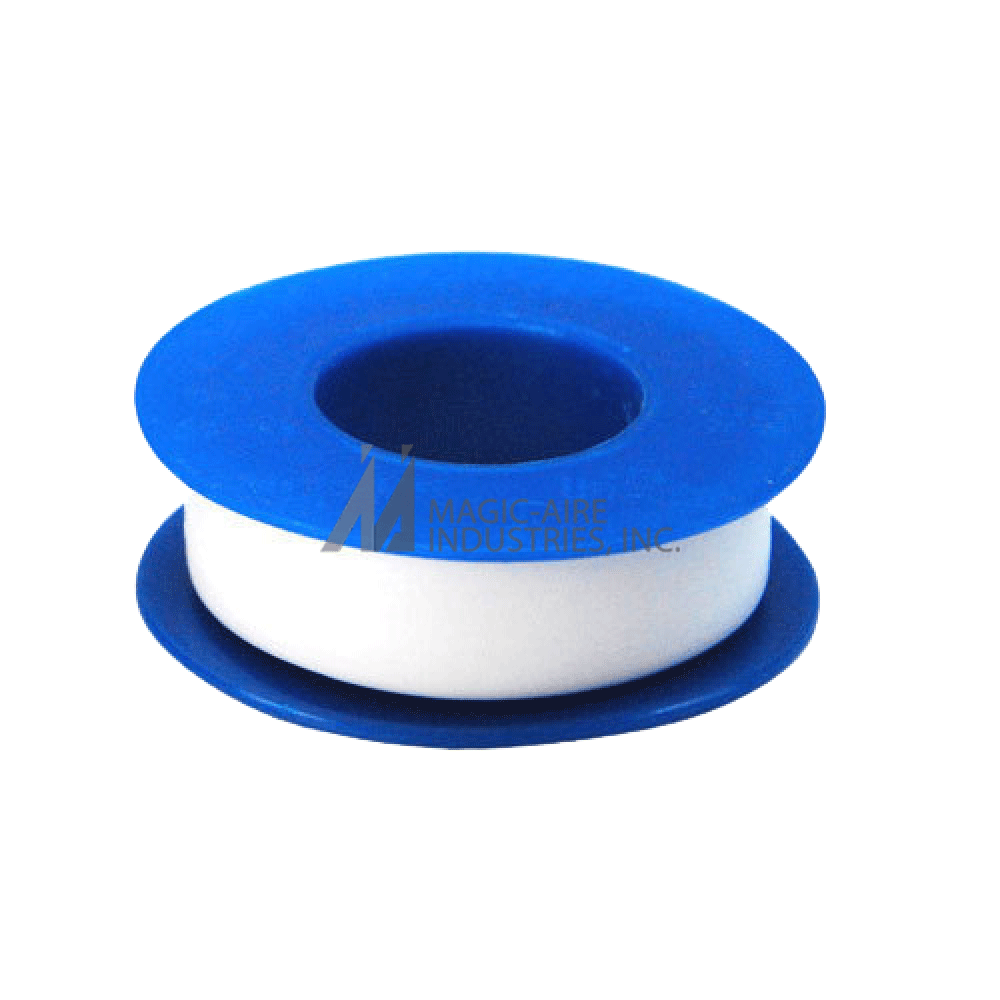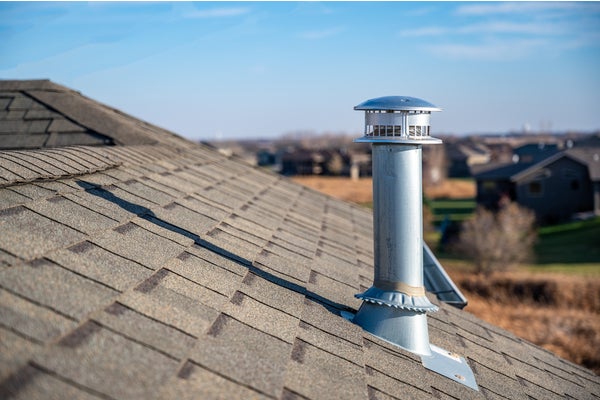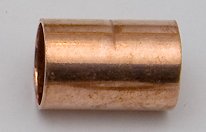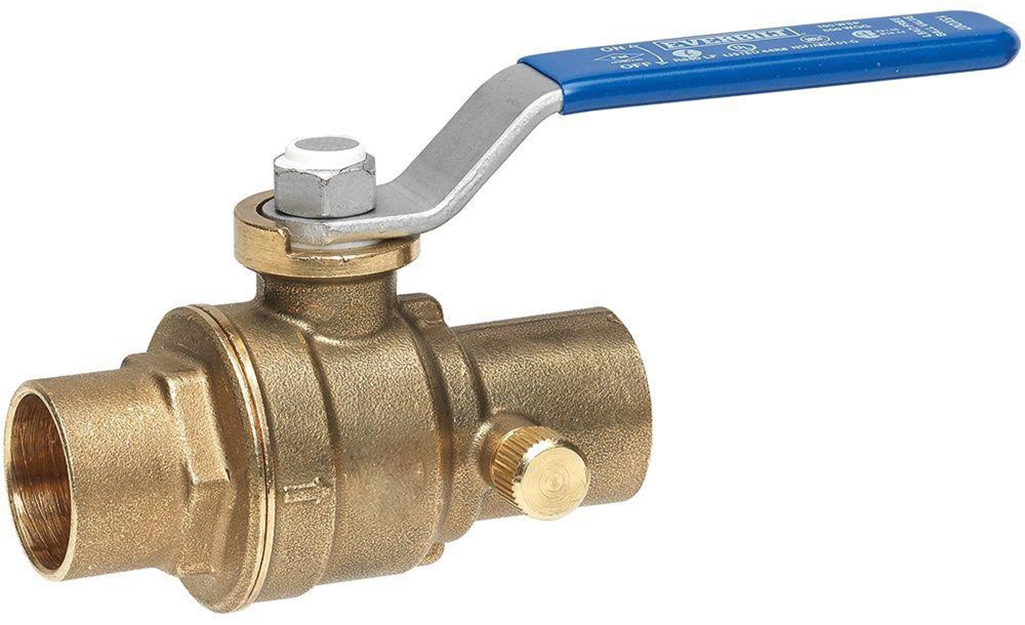TLE: Plumbing Part 2
11) A schedule 40 pipe is:
a. Thicker than schedule 20
b. Thicker than schedule 80
c. Thinner than schedule 10
d. None among the choices
12) What material is used to seal off threaded fittings to avoid leakage?
a. Masking tape
b. Teflon tape
c. Scotch tape
d. Adhesive gum
13) What must be installed to prevent siphonage or backflow of the water seal in the drainage system?
a. Vent pipe
b. Drain pipe
c. Soil pipe
d. Cleanout
14) Which of the following is NOT required by the National Plumbing Code?
a. Drainage pipe should be inclined properly for a downward gravity flow of water.
b. Drainage pipe should be provided with adequate cleanout.
c. No vent pipe is needed.
d. All pipe joints must be well-fitted and tightly connected.
15) What is the ideal inclination of a horizontal waste pipe as recommended by the National Plumbing Code?
a. 2% slope
b. 3% slope
c. 4% slope
d. 0% slope or level position
16) For purposes of troubleshooting in case of stoppage of flow, what must be installed in the pipe system?
a. Vent pipe
b. Cleanout
c. Drain
d. Tee fitting
17) Plastic pipes are commonly used in water fixture installation nowadays. Which of the following is preferred?
a. Polyvinyl chloride (PVC)
b. Chlorinated PVC (CPVC)
c. Cross-linked polyethylene (PEX)
d. Polyethylene
18) The Plumbing Code on House Drain provides that there must be no more than two closets that shall discharge into a ________ pipe diameter.
a. 3 inches or 75 mm
b. 80 mm
c. less than 75 mm
d. 70 mm
19) A metal or plastic fitting used to connect smaller pipe from a larger pipe.
a. Reducer
b. Elbow
c. Union
d. Coupling
20) As a basic prerequisite for most plumbing project, what should be connected for each faucet, toilet, and fixtures?
a. Fixture shutoffs
b. Main shutoffs
c. Intermediate shutoffs
d. Valves
Key Answers, Explanations, Notes, and Concepts
11) A schedule 40 pipe is:
a. Thicker than schedule 20
b. Thicker than schedule 80
Answer: a. Thicker than schedule 20
There are several schedule numbers used on pipe, such as schedules: 5, 5S, 10, 20, 30, 40, 60, 80, 100, 120, 140, 160, STD, XS and XXS.
Schedule 40 pipe has thinner walls, so it is best for applications involving relatively low water pressure. Schedule 80 pipe has thicker walls and is able to withstand higher PSI (pounds per square inch). This makes it ideal for industrial and chemical applications.
12) What material is used to seal off threaded fittings to avoid leakage?
b. Teflon tape
d. Adhesive gum
Answer: b. Teflon tape
Masking tape-also known as painter's tape, is a type of pressure-sensitive tape made of a thin and easy-to-tear paper, and an easily released pressure-sensitive adhesive.
Teflon tape- used as a sealant and lubricating material, perfect for installing fittings in the kitchen and bathroom.
Scotch tape- is a brand name used for pressure-sensitive tapes manufactured by 3M.
Adhesive gum-glue is an adhesive (sticky) substance that sticks two or more materials together while gum is a viscous secretion of plant-origin from which adhesives and other products are made
13) What must be installed to prevent siphonage or backflow of the water seal in the drainage system?
a. Vent pipe
b. Drain pipe
c. Soil pipe
Answer: a. Vent pipe
Vent pipe-plumbing vent pipe works alongside your drain pipes, except it doesn't carry water. Instead, it regulates the air in your plumbing system.
Drain pipe- used to facilitate the transfer of water from one place to another. The main purpose is to dispose of wastewater from homes, office buildings, or industrial areas.
Soil pipe- a pipe that conveys sewage or wastewater reliably, either from the toilet or sink to a soil drain or sewer. They are relatively easy to spot as they run vertically from the underground drainage system to the top of a property, where they reach the roof gutter.
Cleanout- This access lets you run an auger or snake into the pipes to clear clogs and provides easy access for a plumber with a camera to check your pipes for other issues.
14) Which of the following is NOT required by the National Plumbing Code?
a. Drainage pipe should be inclined properly for a downward gravity flow of water.
b. Drainage pipe should be provided with adequate cleanout.
c. No vent pipe is needed.
d. All pipe joints must be well-fitted and tightly connected.
Answer: c. No vent pipe is needed.
15) What is the ideal inclination of a horizontal waste pipe as recommended by the National Plumbing Code?
a. 2% slope
b. 3% slope
c. 4% slope
d. 0% slope or level position
Answer: a. 2% slope
16) For purposes of troubleshooting in case of stoppage of flow, what must be installed in the pipe system?
a. Vent pipe
b. Cleanout
Answer: b. Cleanout
Vent pipe- plumbing vent pipe works alongside your drain pipes, except it doesn't carry water. Instead, it regulates the air in your plumbing system.
Cleanout- This access lets you run an auger or snake into the pipes to clear clogs and provides easy access for a plumber with a camera to check your pipes for other issues.
Drain- used to facilitate the transfer of water from one place to another. The main purpose is to dispose of wastewater from homes, office buildings, or industrial areas.
Tee fitting- is a fitting that has a T shape. It has two outlets at an angle of 90° each and one main connection line. It is a pipe that has adjacent outlets and used to connect pipes at 90° angle.
17) Plastic pipes are commonly used in water fixture installation nowadays. Which of the following is preferred?
a. Polyvinyl chloride (PVC)
b. Chlorinated PVC (CPVC)
c. Cross-linked polyethylene (PEX)
d. Polyethylene
Answer: a. Polyvinyl chloride (PVC)
Polyvinyl chloride (PVC)- helps conserve energy and water by creating virtually leak-free pipes that are not prone to corrosion and resist environmental stress
Chlorinated PVC (CPVC)- higher temperature performance and improved fire and corrosion resistance.
Cross-linked polyethylene (PEX)- is used predominantly in building services pipework systems, hydronic radiant heating and cooling systems, domestic water piping, and insulation for high tension (high voltage) electrical cables.
Polyethylene- is recognized as acceptable plumbing piping for water services, drainage, and sewer applications in most model plumbing codes.
18) The Plumbing Code on House Drain provides that there must be no more than two closets that shall discharge into a ________ pipe diameter.
a. 3 inches or 75 mm
b. 80 mm
c. less than 75 mm
d. 70 mm
Answer: a.3 inches or 75 mm
19) A metal or plastic fitting used to connect smaller pipe from a larger pipe.
a. Reducer
d. Coupling
Answer: a. Reducer
Reducer- is a kind of pipe fitting used in process piping that reduces the pipe size from a larger bore to a smaller bore (inner diameter).
Elbow- is installed between two lengths of pipe (or tubing) to allow a change of direction, usually a 90° or 45° angle; 22.5° elbows are also available.
Union- is a type of fitting equipment designed in such a way to unite two pipes which can be detached without causing any deformation to the pipes.
Coupling-is a very short length of pipe or tube, with a socket at one or both ends that allows two pipes or tubes to be joined, welded (steel), brazed or soldered (copper, brass etc.) together.
20) As a basic prerequisite for most plumbing project, what should be connected for each faucet, toilet, and fixtures?
a. Fixture shutoffs
b. Main shutoffs
c. Intermediate shutoffs
d. Valves
Answer: a. Fixture shutoffs
Why a. Fixture shutoffs and not d. Valves, becuase the question is reffering which is directly connected to the fixture which is a. Fixture shutoffs while d. Valves is connected to the pipes before the fixtures.
Fixture shutoffs- Look behind or underneath the fixture for the valve, which can either look like a small wheel your turn or a lever. If the fixture uses both hot and cold water, there will be a separate shut-off valve for each line.
Main shutoffs- (term is not clear and not that relevant to the question)Your plumbing system has several types of shutoff valves that can be used to shut off the water in case of an emergency or to make repairs.
Intermediate shutoffs- (term is not clear and not that relevant to the question) (If the water has been running recently, you can tell which pipe is hot by feeling them with your hand.) These are probably intermediate shutoffs, meaning they control water supply to a portion of a house.
Valves - Water valves regulate the flow and temperature in pipes and plumbing fixtures. When they are installed and operate properly, the valves control constant flow and volume.
Comments, Suggestions, Corrections, and Clarifications are highly appreciated. Kindly put those in the comments section. Fighting!












:max_bytes(150000):strip_icc()/types-of-faucets-1824889_01_ball_faucet-9e43a17e6dcf4063a6261f61b175f294.jpg)


Comments
Post a Comment